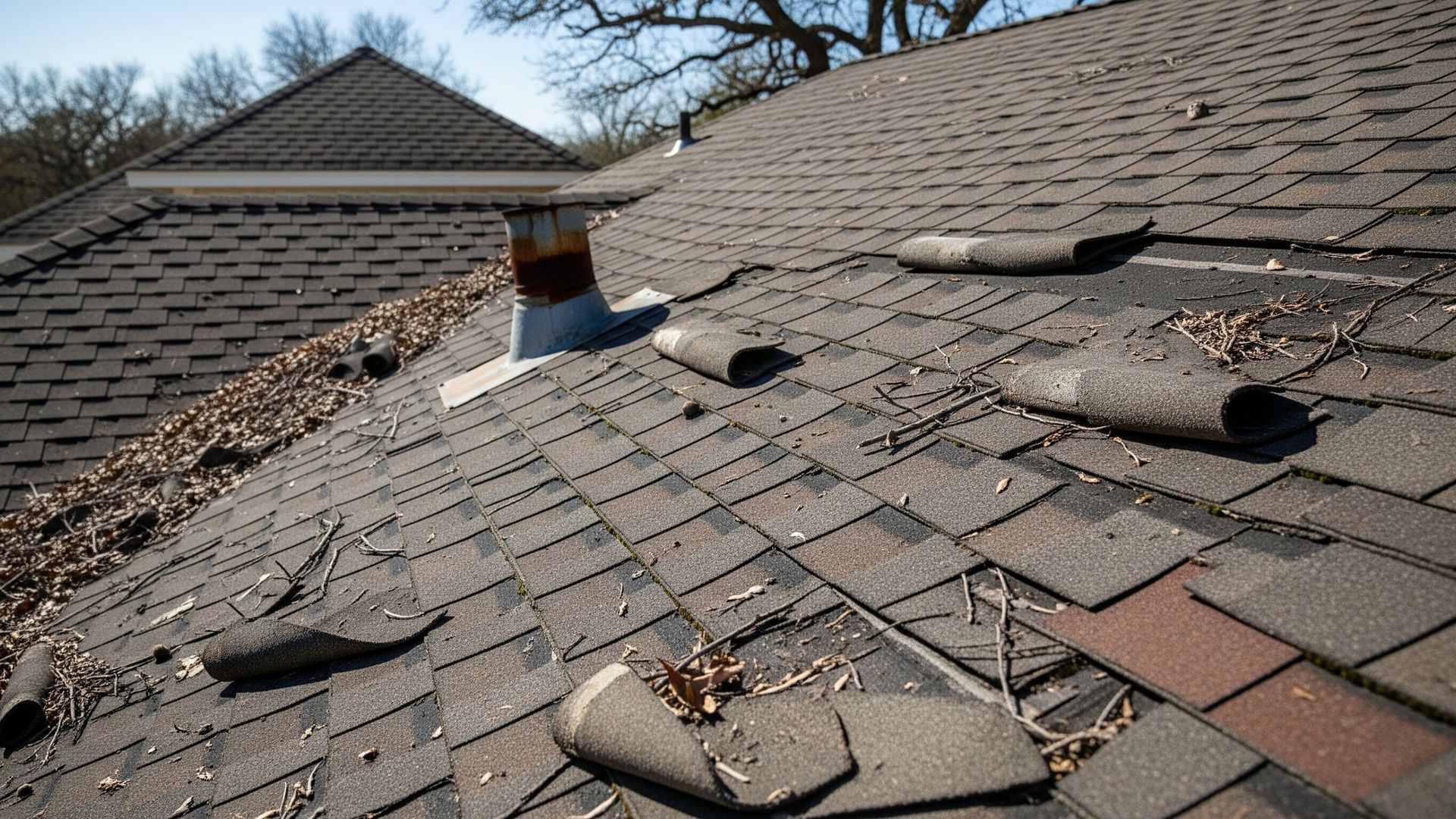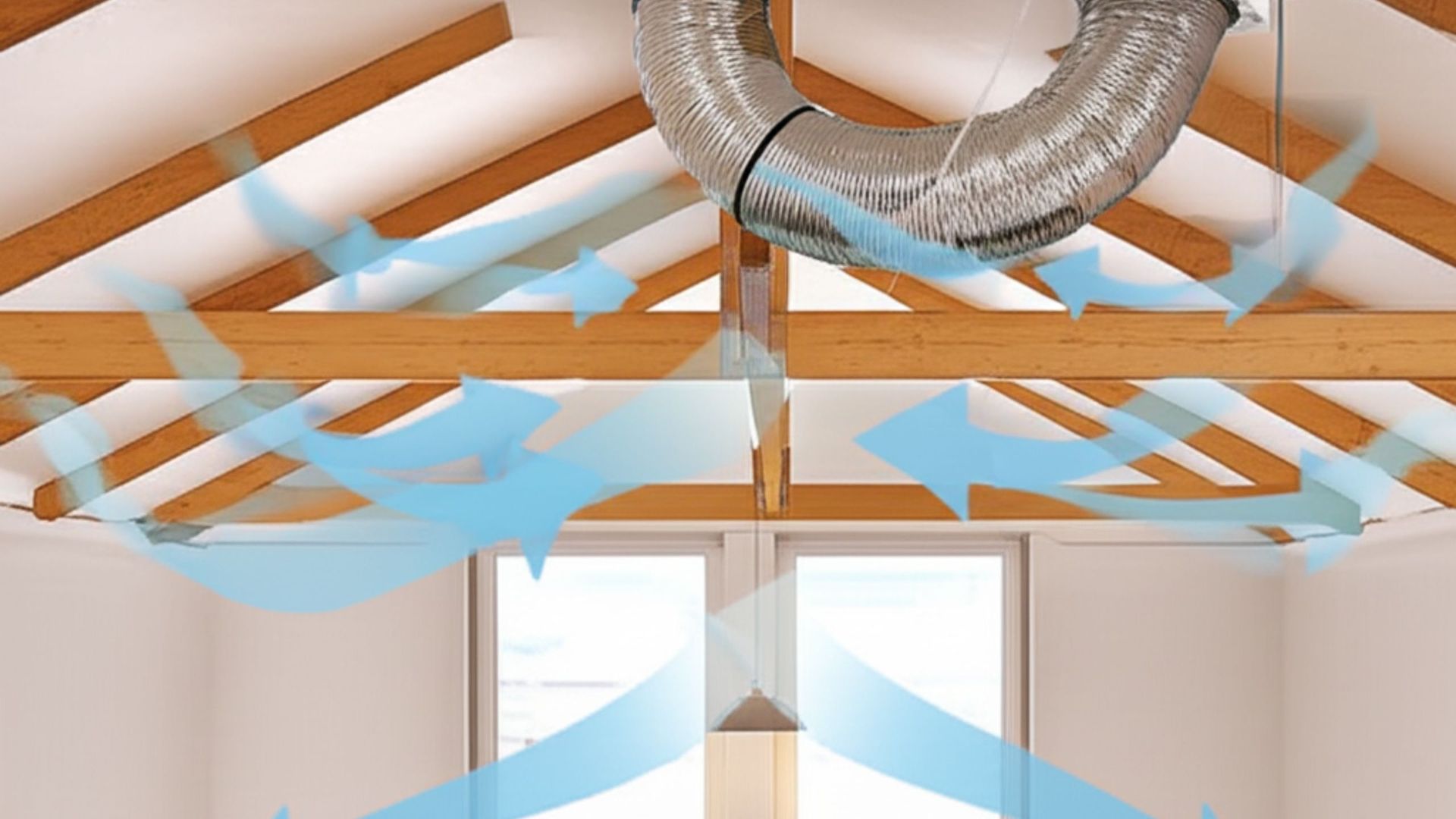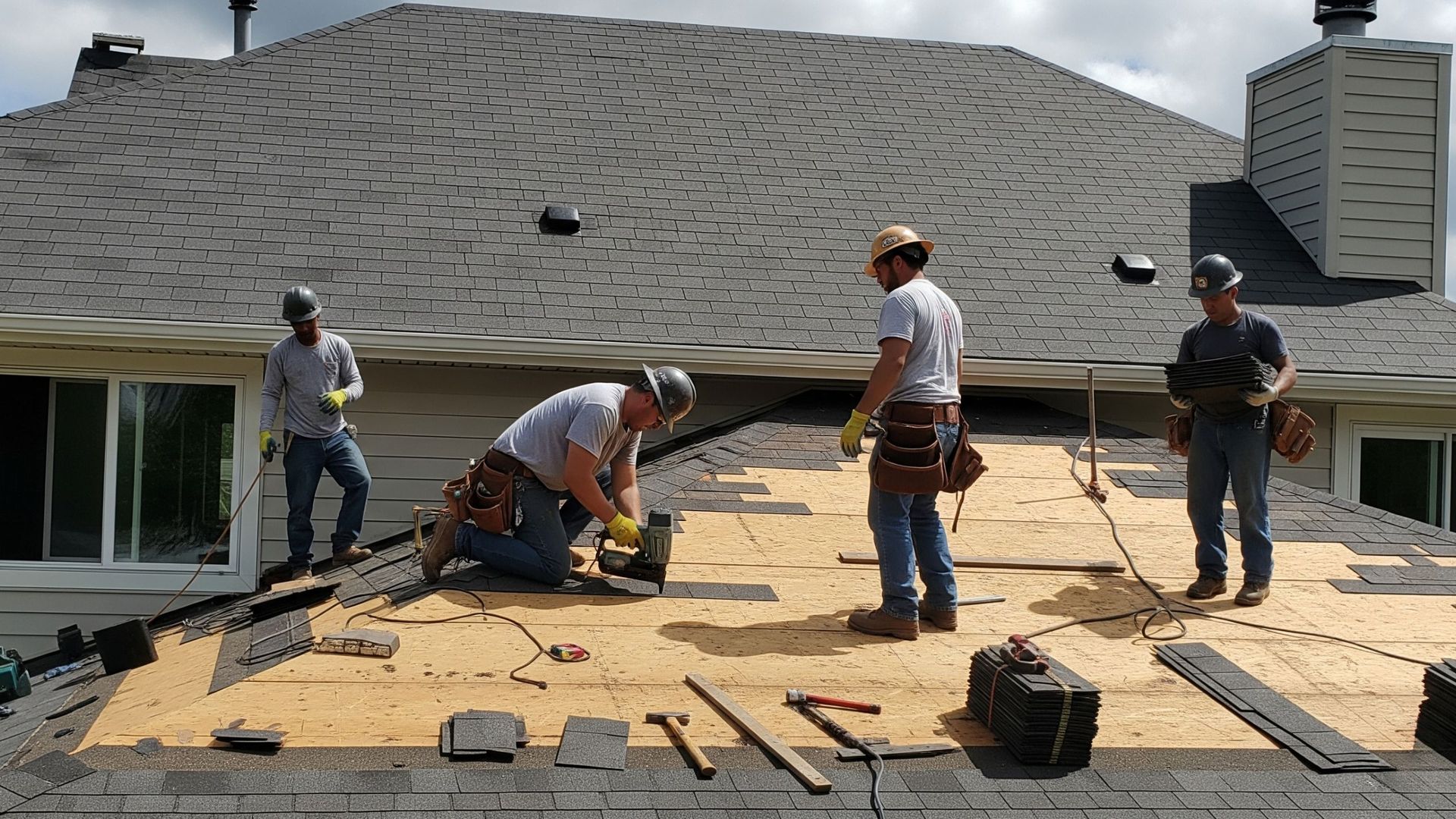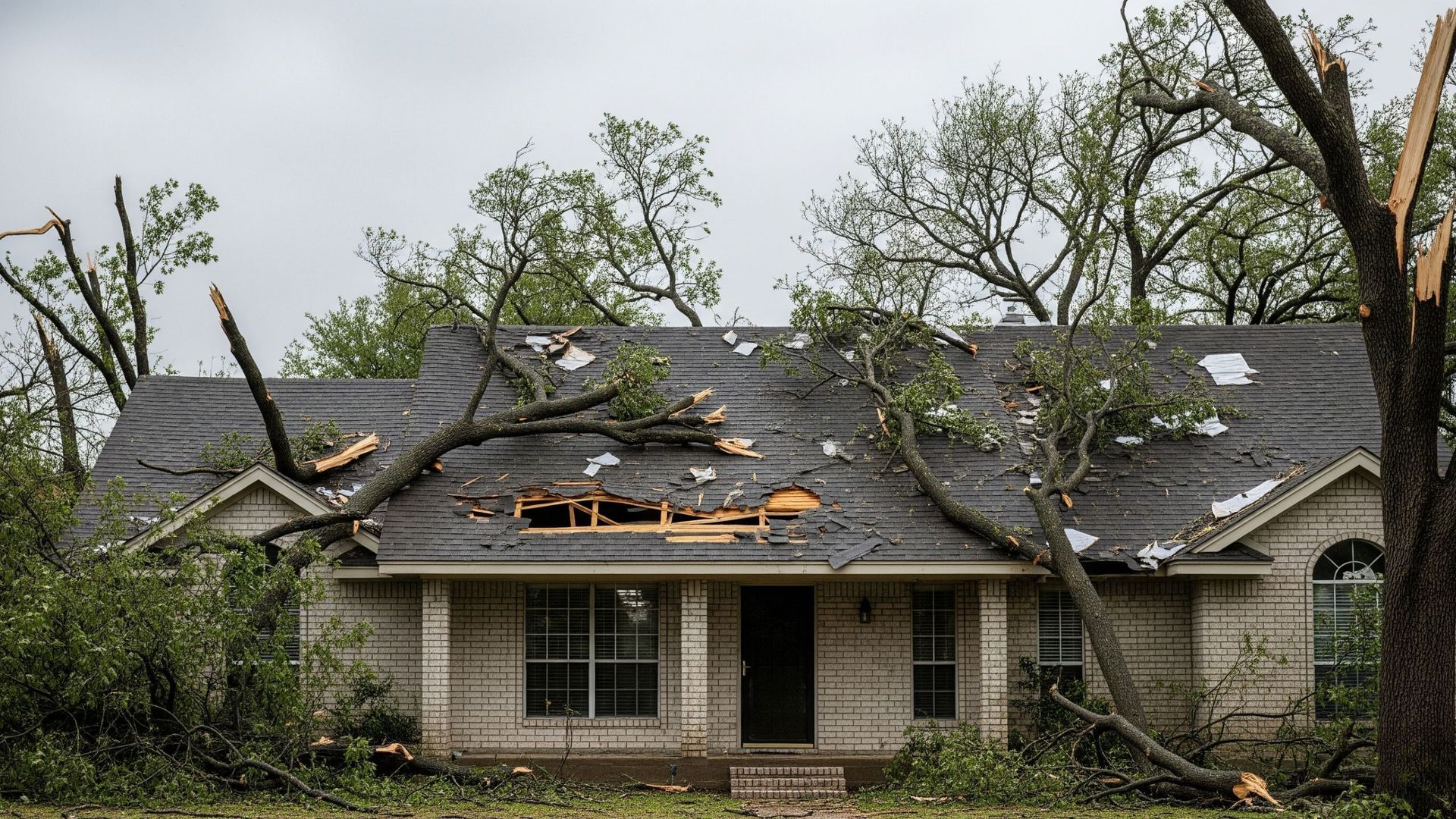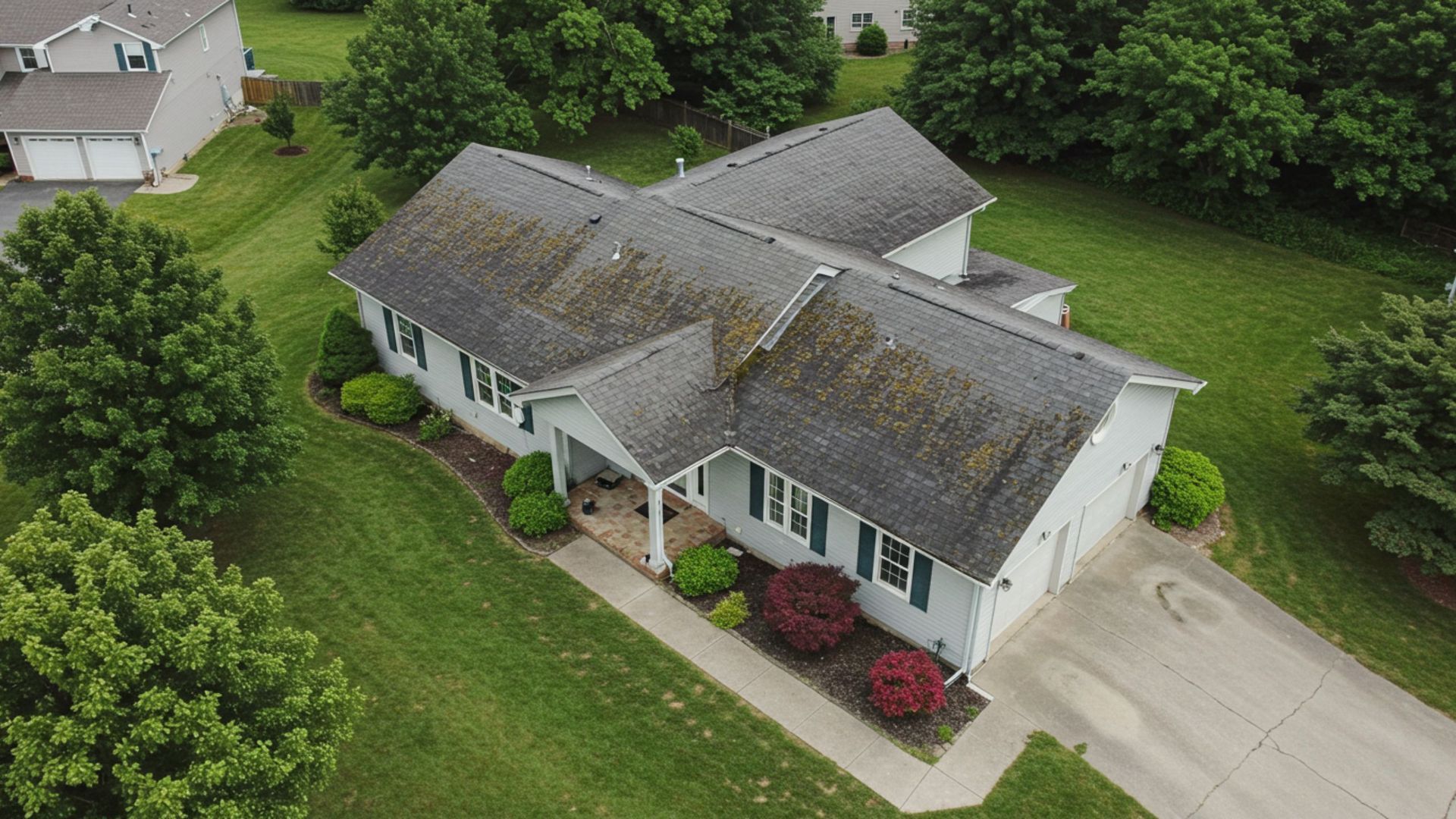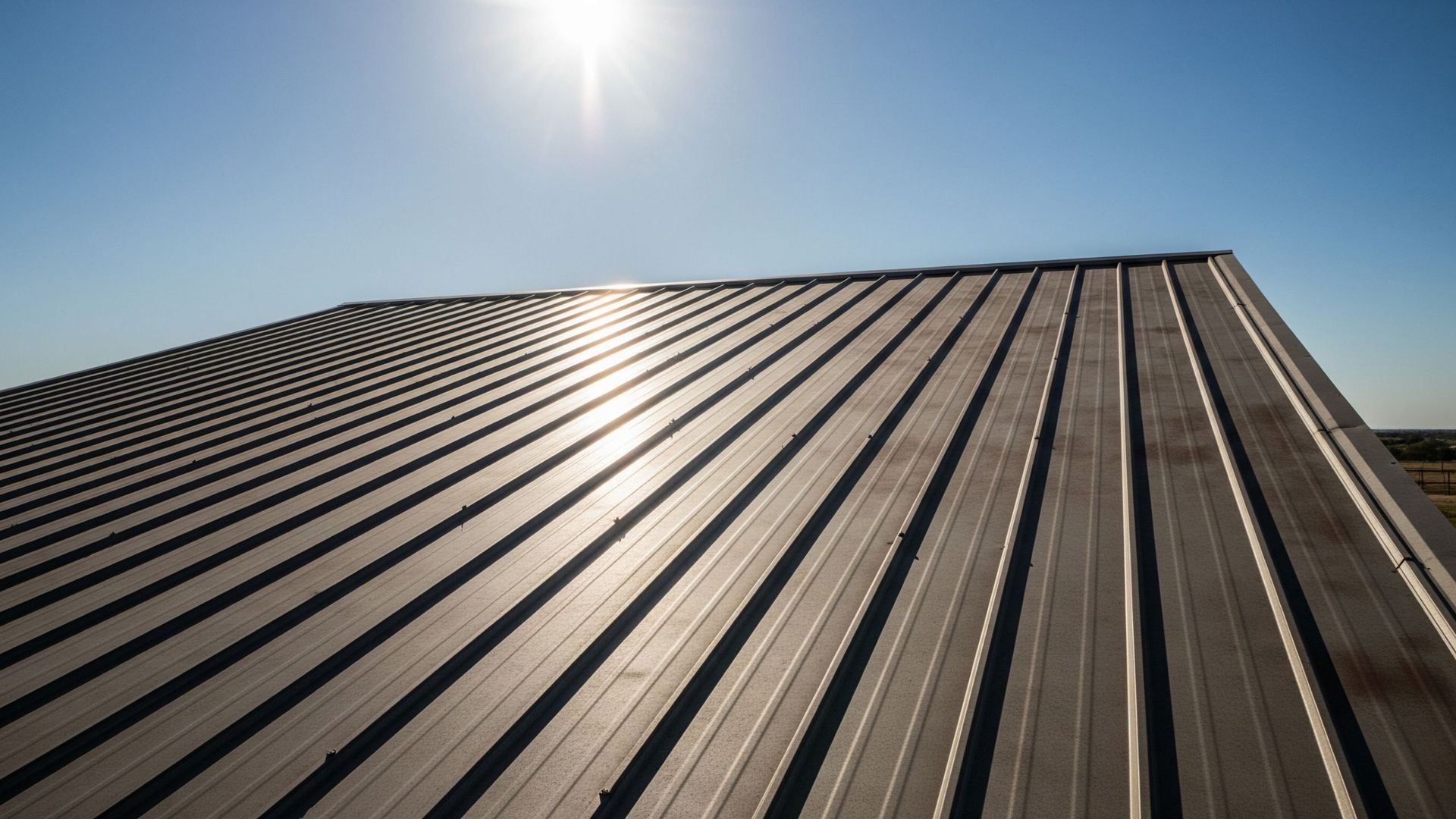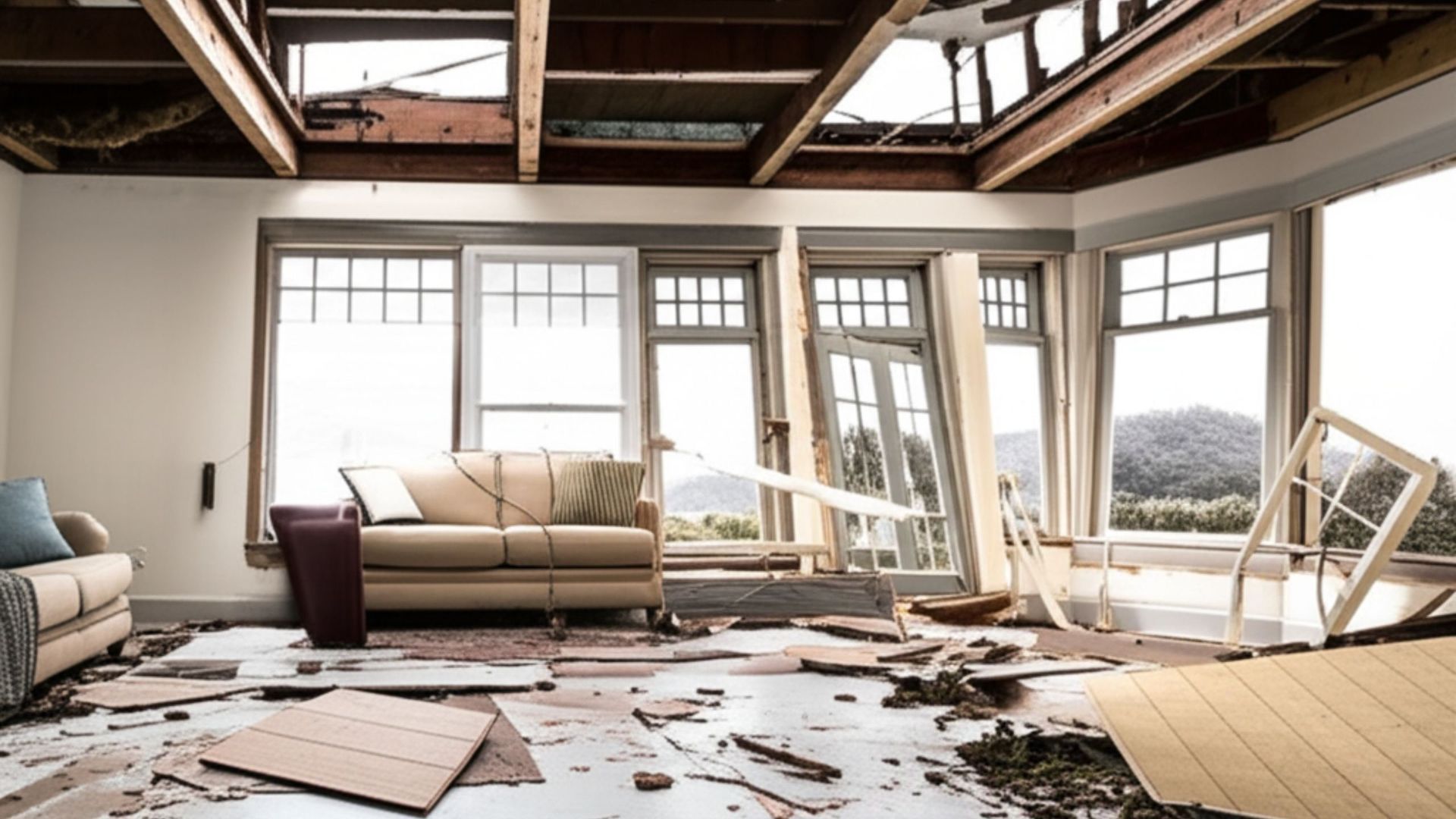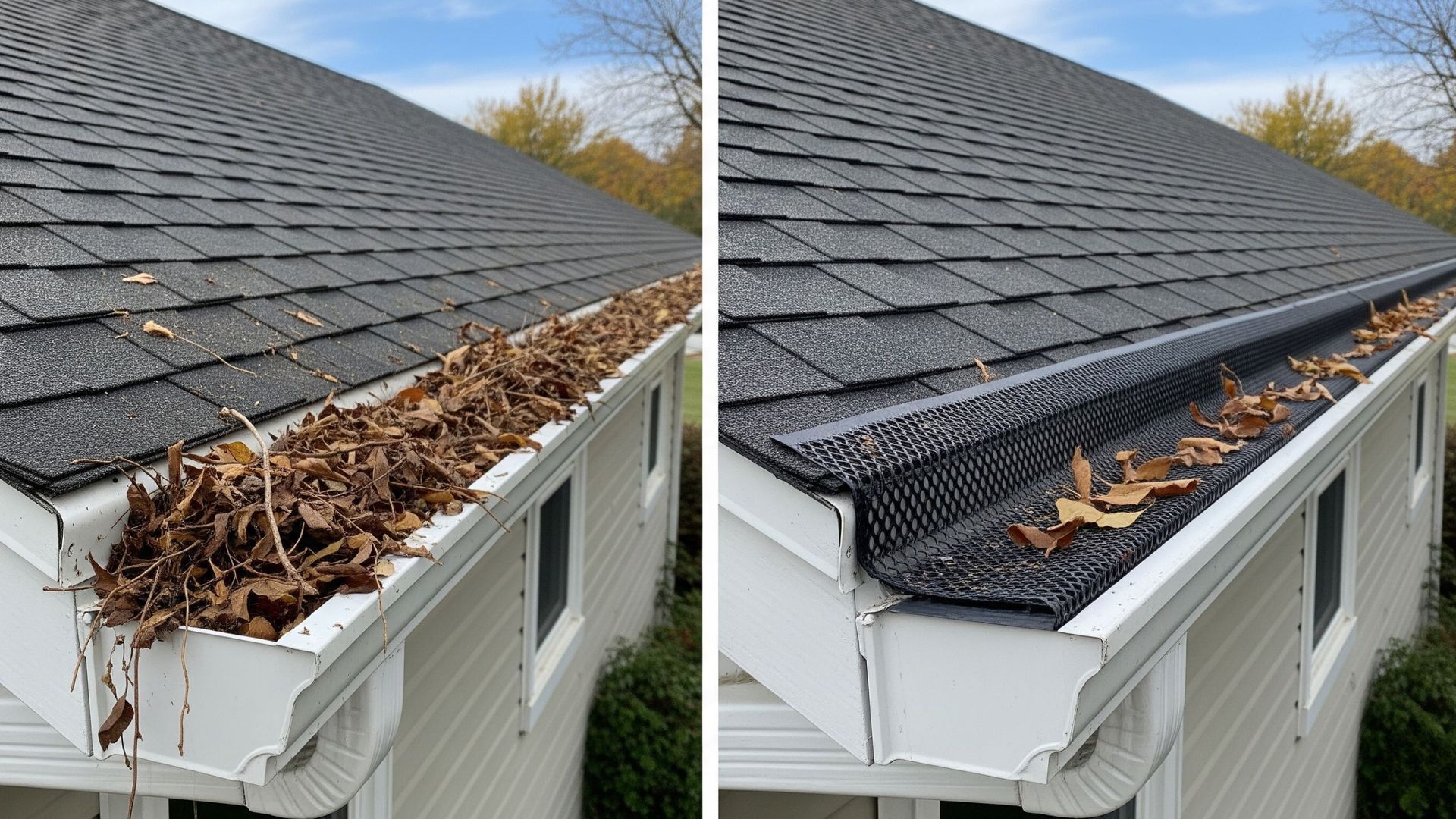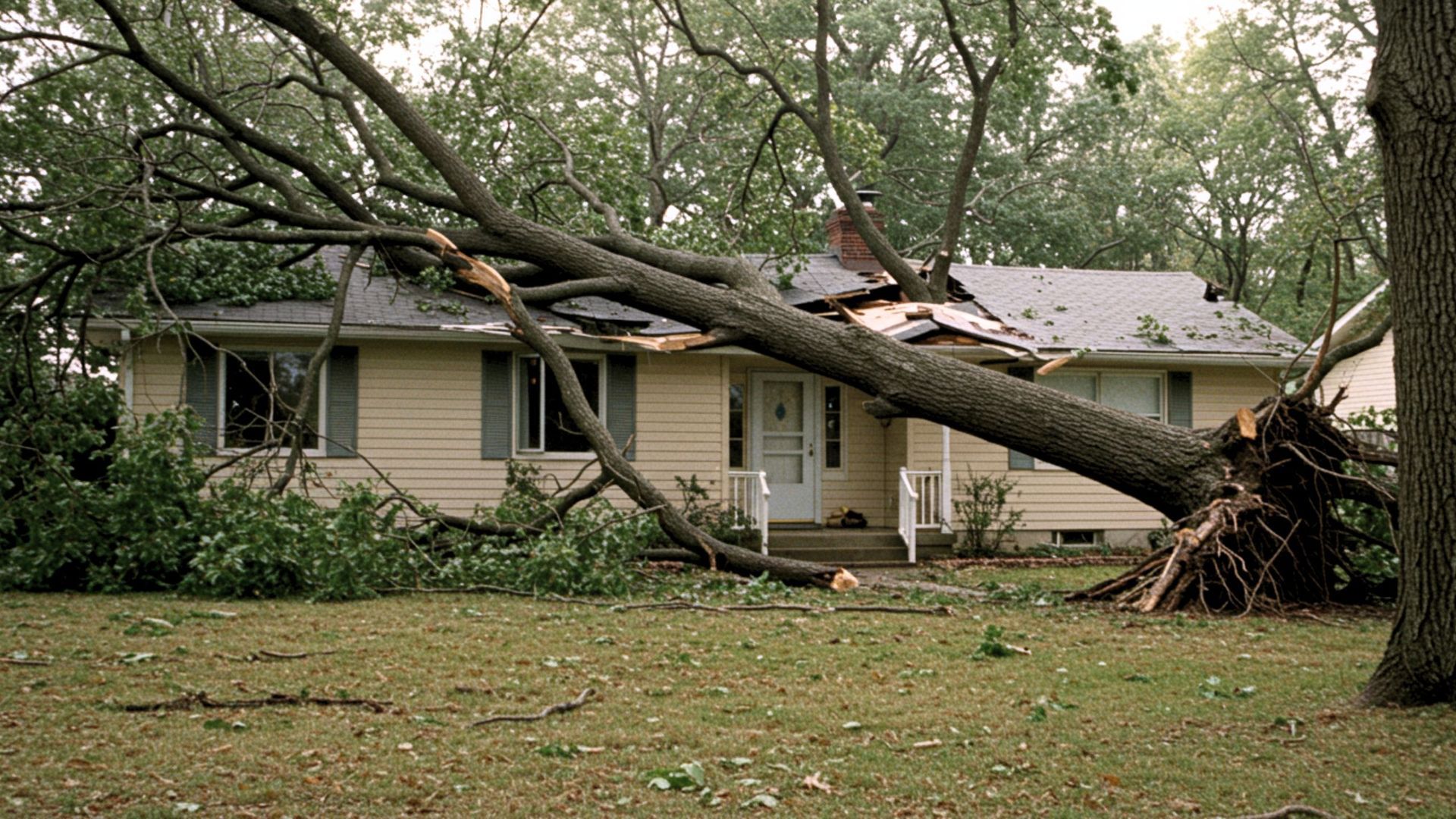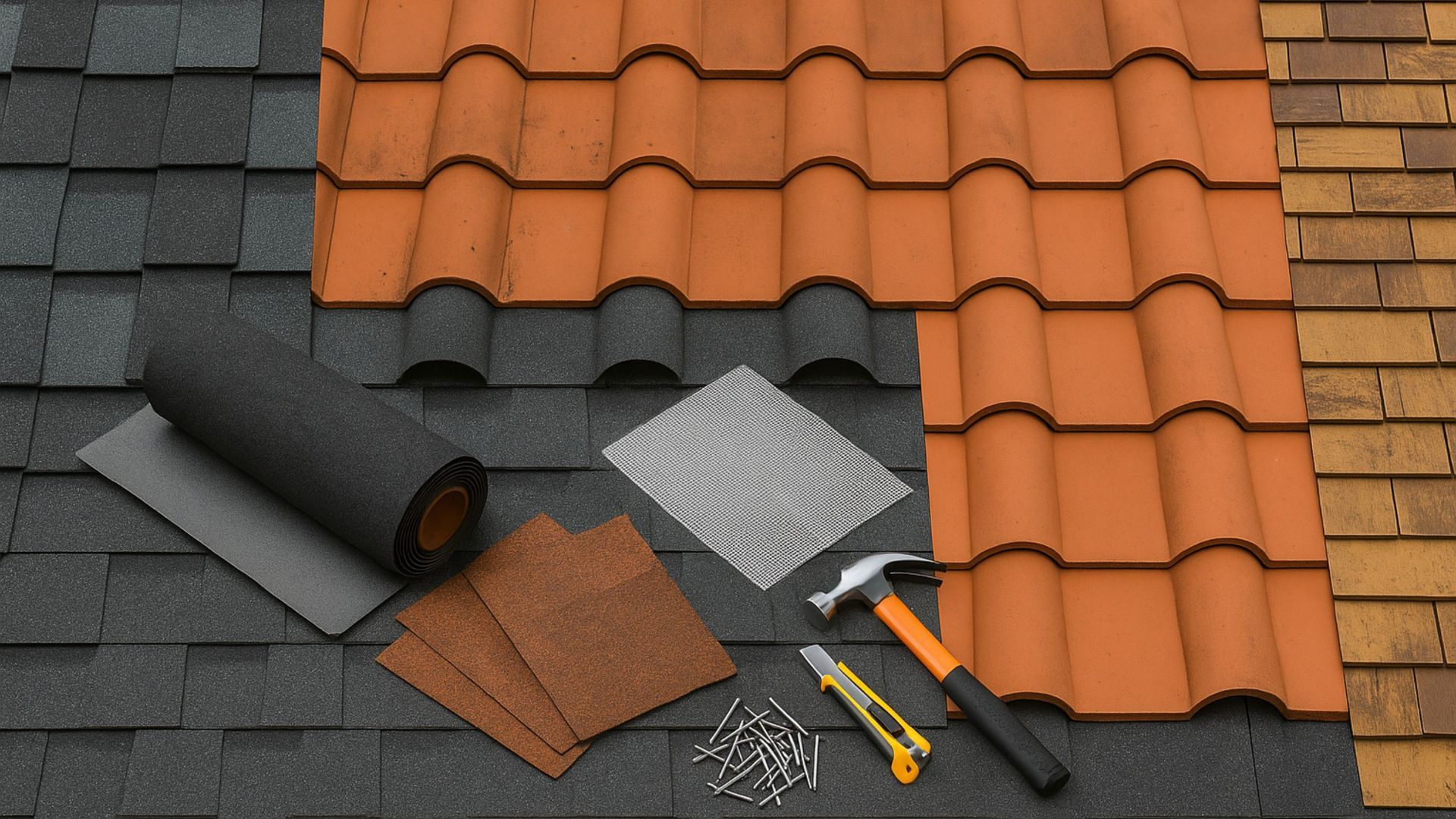The Best Roofing Materials for Texas Weather
When you live in Texas, your roof does more than just top off your home — it protects it from intense heat, sudden hailstorms, heavy rains, and even hurricanes. Choosing the right roofing material isn’t just about style or budget; it’s about picking what holds up best in this extreme climate.
Here’s a breakdown of the best roofing materials for Texas homeowners and what makes each one a smart (or risky) choice.
1. Asphalt Shingles
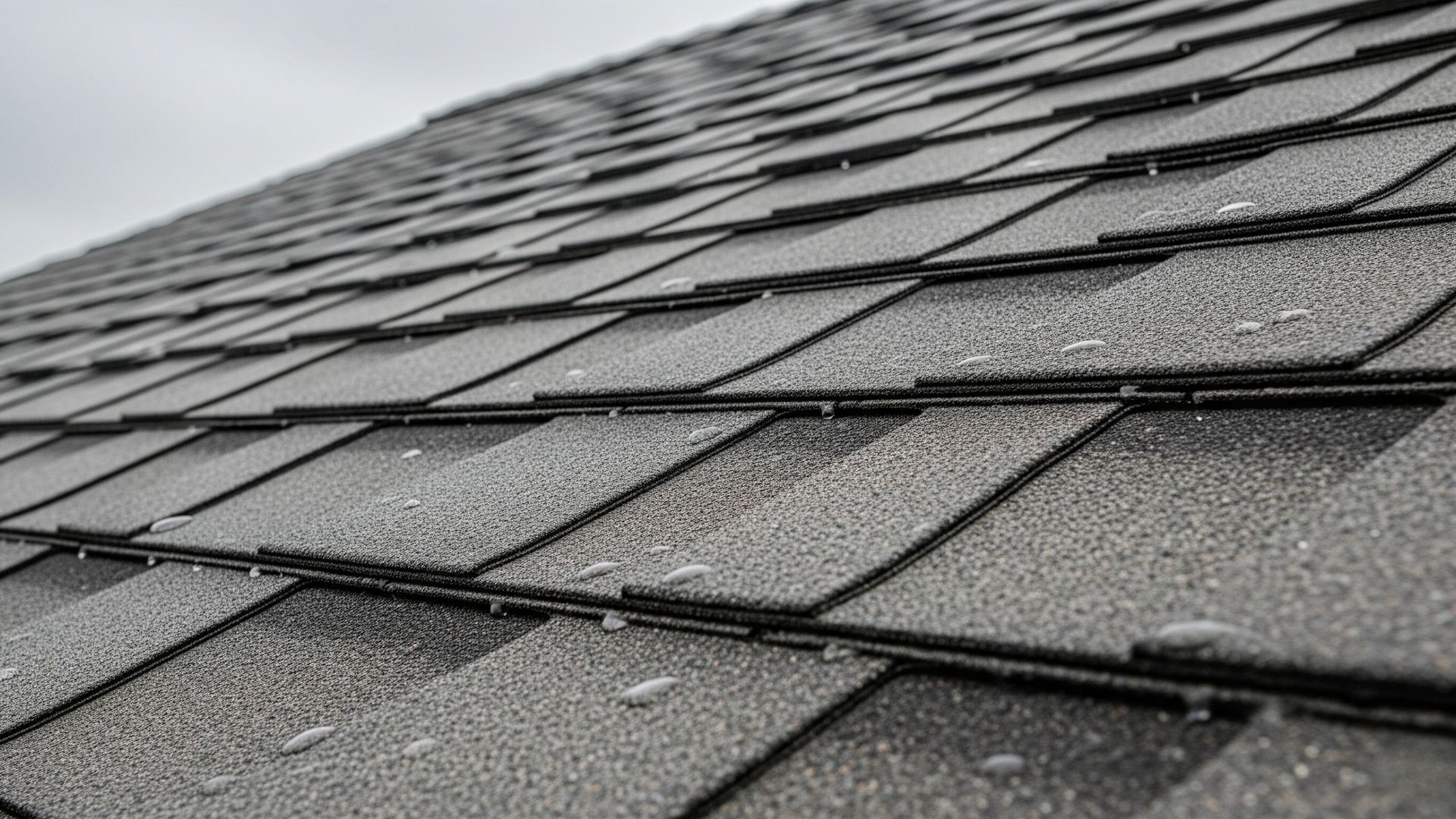
Why they’re popular:
Asphalt shingles are one of the most common roofing materials in Texas for good reason. They’re affordable, widely available, and come in a variety of styles and colors.
Pros:
- Budget-friendly
- Easy to install and replace
- Moderate storm resistance
Cons:
- Shorter lifespan (15–30 years)
- Can crack or curl in extreme heat
- May not withstand large hail or hurricane-force winds
Best for: Homeowners on a budget who want a quick, practical solution for basic protection.
2. Architectural (Dimensional) Shingles
Why they’re better:
These are a higher-end version of asphalt shingles — thicker, more durable, and designed for better performance.
Pros:
- Longer lifespan (25–40 years)
- More stylish appearance
- Improved wind and hail resistance
Cons:
- Higher upfront cost than standard asphalt
- Still not as durable as metal in extreme conditions
Best for: Homeowners wanting a step up in durability and visual appeal without jumping to premium materials.
3. Metal Roofing
Built for Texas weather:
Metal roofs are rising in popularity across the state, especially in rural and storm-prone areas. They reflect sunlight, resist hail damage, and can last over 50 years.
Pros:
- Excellent heat reflection = lower energy bills
- High wind and hail resistance
- Long lifespan (40–70 years)
- Fire-resistant
Cons:
- Higher installation cost
- Can be noisy in heavy rain (unless insulated well)
Best for: Homeowners who want long-term durability and protection from intense storms and heat.
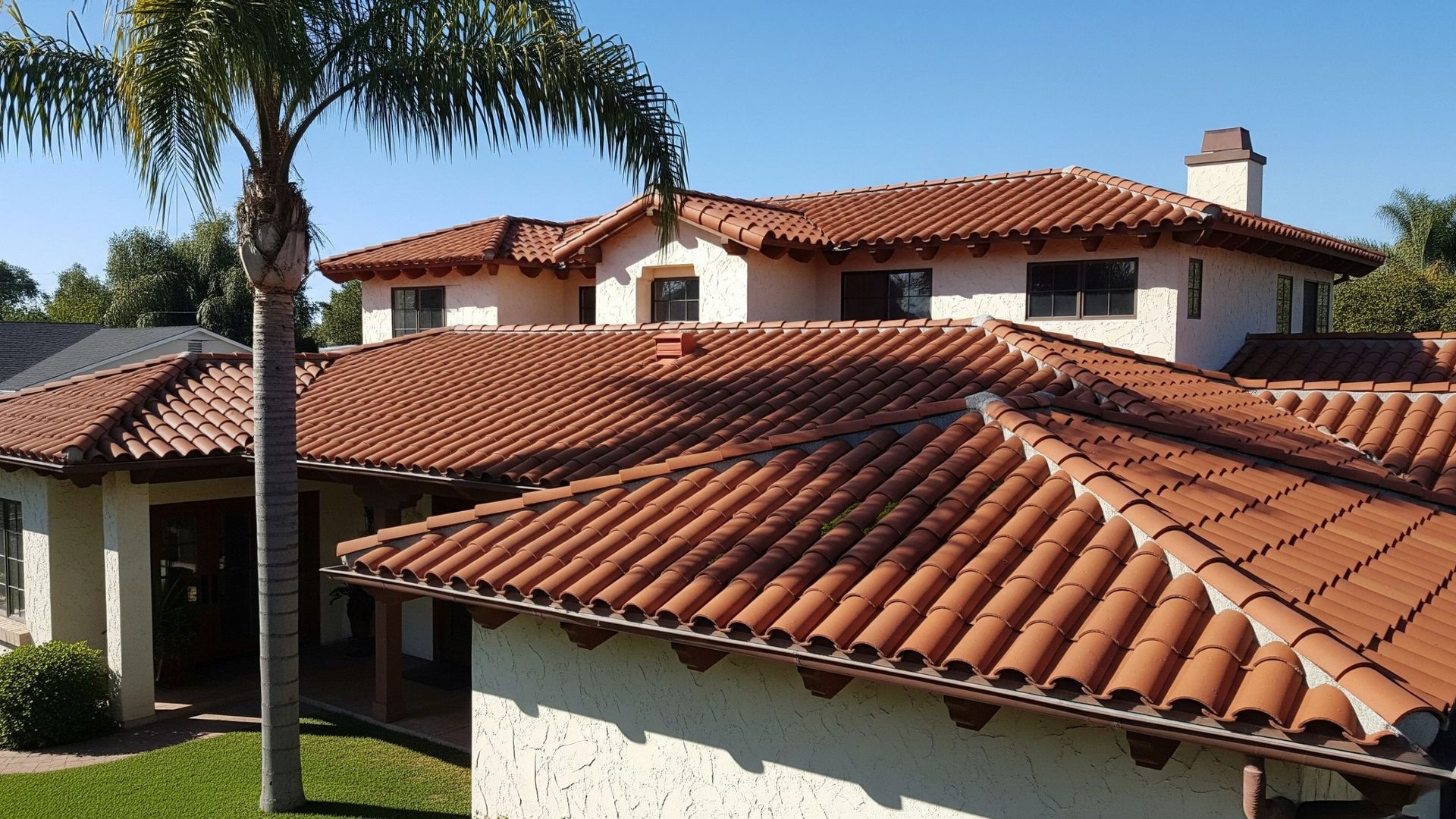
4. Clay or Concrete Tile
Beautiful and tough:
Tile roofs are common in hotter parts of Texas. They handle heat well and provide a distinct, upscale look.
Pros:
- Excellent for heat resistance
- Long-lasting (50+ years)
- Fire-resistant
- Stylish appearance
Cons:
- Very heavy (may require structural reinforcement)
- Expensive to install and repair
- Can crack under heavy impact
Best for: Homeowners looking for curb appeal and long-term durability in dry, sunny areas.
5. Modified Bitumen or Flat Roof Systems

Great for certain homes:
These are often used on modern or commercial-style homes with low-slope or flat roofs.
Pros:
- Durable against water pooling
- Reflective coatings available
- Good lifespan (20–30 years with maintenance)
Cons:
- Limited design options
- Requires regular maintenance
- Not ideal for steep-pitched homes
Best for: Homes with flat or low-slope roofs needing moisture protection and durability.
What Should Texas Homeowners Look For?
When choosing roofing materials for Texas weather, consider:
- Wind resistance: Can the material withstand hurricane or storm-force winds?
- Impact resistance: How does it hold up to hail or falling branches?
- Heat performance: Will it reflect sunlight and help reduce your cooling bills?
- Longevity: How many storm seasons will it survive before needing replacement?
Also, think about how the roofing material works with your gutters, ventilation system, and home structure.
Final Word
In Texas, your roof isn’t just a feature — it’s your home’s first line of defense. Choosing the right material can protect your investment, reduce your energy bills, and give you peace of mind when the next storm rolls through. Whether you need something budget-friendly, stylish, or built for the long haul, there’s a roofing option designed for the Lone Star State’s toughest weather.
